Small Changes That Make a Big Difference in Group Work
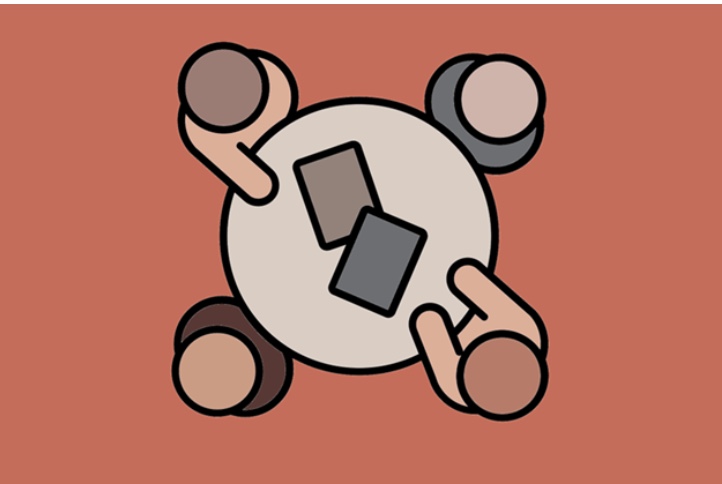
Even though cooperative learning is supported by research, so many teachers struggle with it and eventually give it up. Sometimes the smallest tweak in instructional approaches reaps the biggest impact, and group work is no exception. This post provides 17 small changes that can make a big difference in group work.
Station Rotations
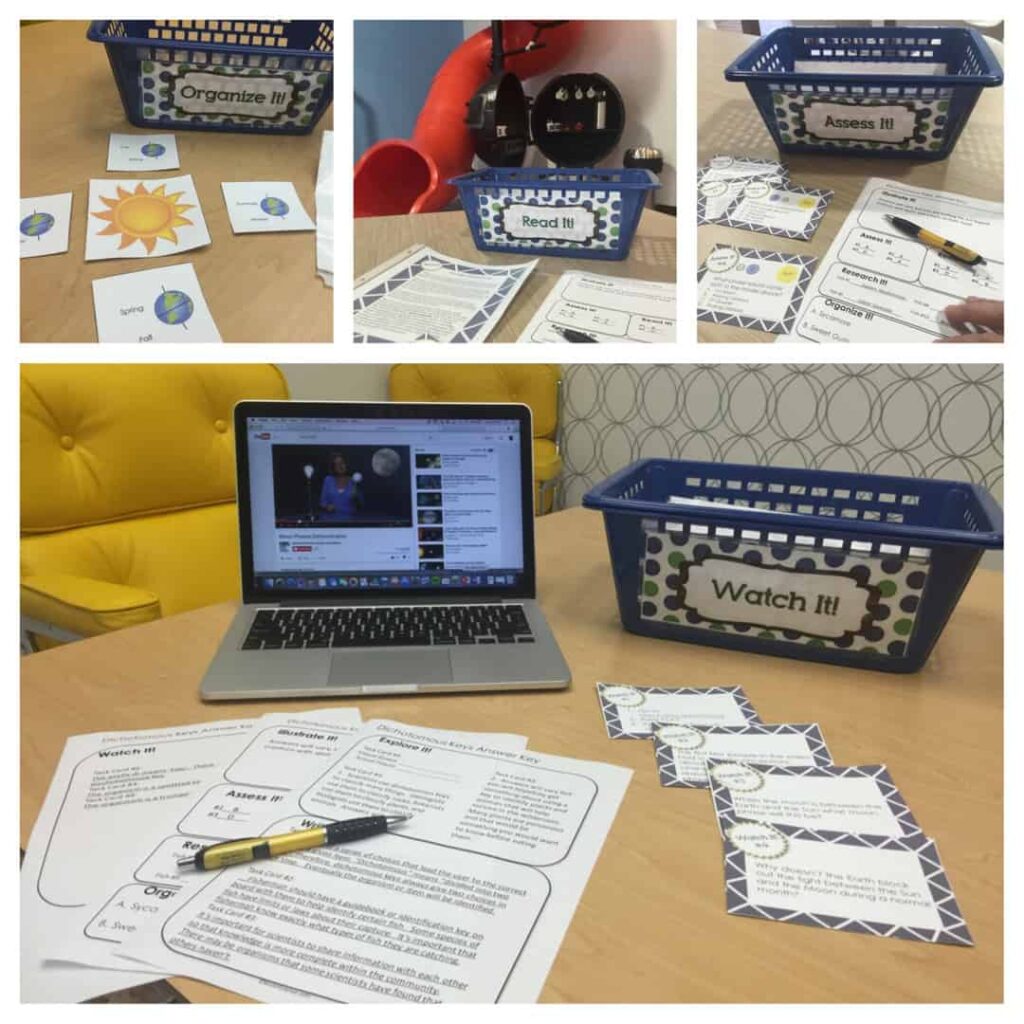
The Station Rotations Model is essentially the secondary version of Learning Centers, which are commonly used in elementary classrooms. Almost any lesson in any content area can be turned into a stations activity. Stations do require more prep than a lot of other activities, but once you’re set up, the lesson takes care of itself…
Virtual Station Rotation Lessons
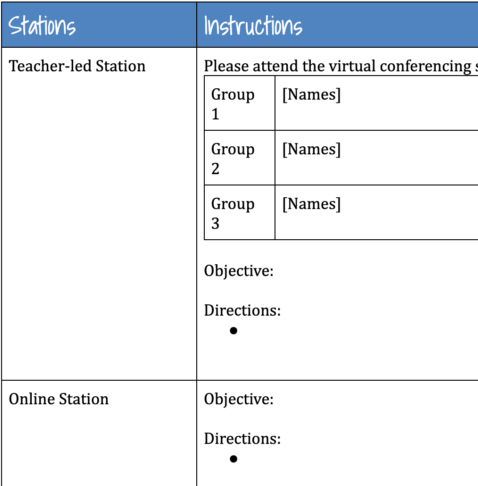
Instead of rotating physically like they would in a typical classroom, virtual station rotations have students shifting from one learning activity to the next. The beauty of the station rotation model lies in the small group dynamic, opportunities to differentiate more consistently, and increased student control over the pace at which they move through individual tasks.
Building a Better Breakout Room
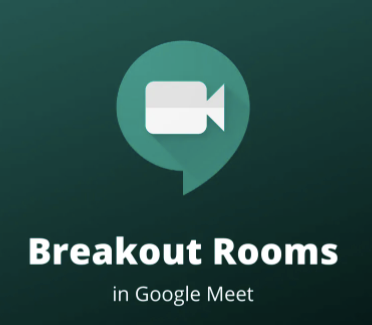
Google Meet now gives you the ability to put students into smaller meetings, or breakout rooms, for small-group discussion and collaboration. But just sending students into these rooms won’t usually get you good results, and teachers all over the world have been learning what works best through trial and error. This resource is a summary of the most common tips.
Crumple & Shoot
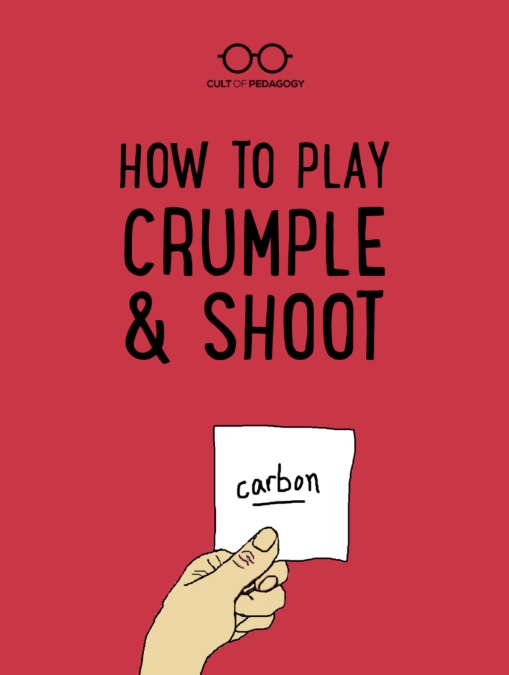
This high-energy, low-tech game can be used in any subject area and is perfect for a review.
Make it Stick
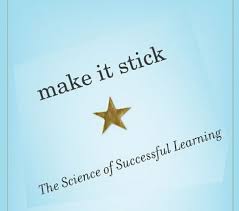
Procrastinate – Cram – Test – Forget. This is how most kids get through school. They may pass the class, but they don’t necessarily learn the material, much less remember it for any length of time. What if we could design our instruction so that the learning really stuck, so they remembered our content for years rather than just for long enough to pass the test? There is a way and it’s so simple. In this resource, you will learn how working memory and long-term memory function and how you can use the strategies of retrieval practice, spacing, interleaving, and feedback to help kids retain the content you are working so hard to teach.
Problem-Solving Carousel
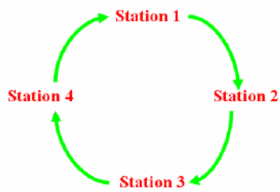
Each station has a different multi-step problem written on a large whiteboard or piece of chart paper. Groups are assigned to a station and begin working together to solve the problem written there. Time is called…
Value Lines – Where do I Stand?

This strategy is a blend of Bend the Line and Philosophical Chairs that has been adapted to promote team building and exploration of the deeper reasoning underlying diverse views. Students are given a provocative statement or claim and must decide to what degree they agree or disagree with it…
5 Ways to Turn a Worksheet into a Collaborative Critical Thinking Activity
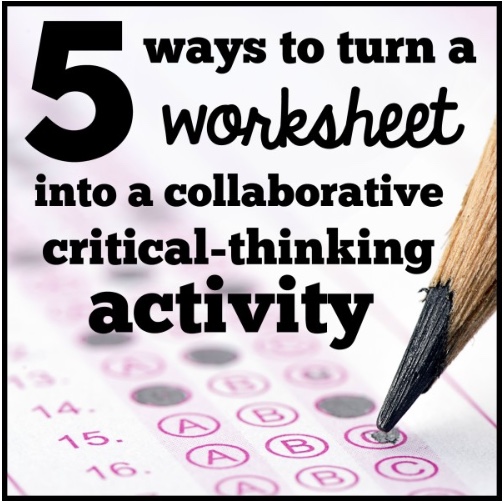
Here are 5 no prep ways you can turn just about any lower level thinking or rote practice worksheet (like a multiple choice or fill-in-the-blank quiz, or math drill workbook page) into an activity that’s collaborative and includes higher level thinking skills. The best part? The activities are engaging for kids and FUN.
Forced Choice Partners (Would You Rather…?)
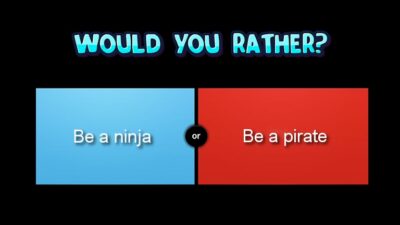
This activity can be used as an icebreaker or as a way to move students into pairs or small groups for content-related discussion. The teacher asks (or projects) a question on a light or funny topic that forces students to select one of two options…
1, 2, 3 O’Clock
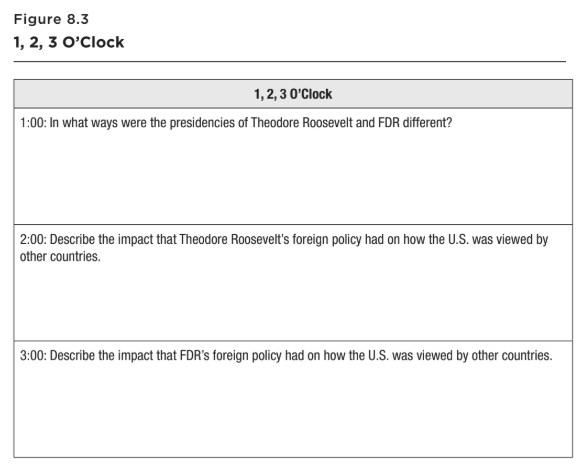
This wrap-up technique allows you to quickly review three important questions by having students respond to and discuss them with a designated classmate. It can be modified to include more or fewer questions, depending on the amount of time you have.
Appointment Agendas
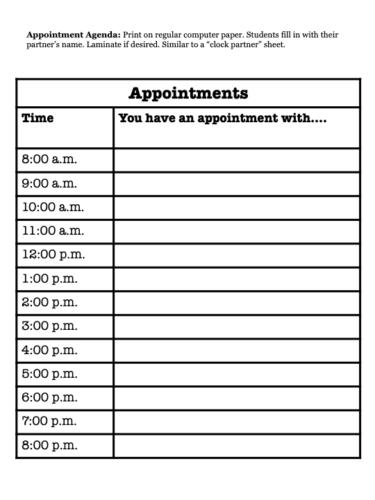
This is a fun way to get students out of their seats and interacting with others throughout the classroom. Students create appointments with peers by writing each other’s names in a specific time slot. When the teacher selects a time, students meet up with the person indicated on their appointment schedule.
Networking Sessions
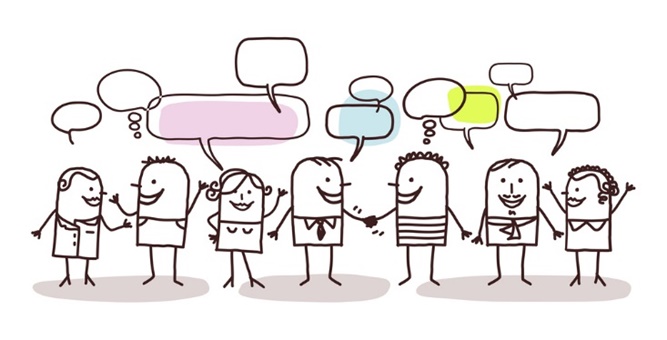
A Networking Session is a simple mix-it-up activity that allows students to talk to others they don’t usually talk to. It can be pre-planned or implemented on-the-spot.
Stand Up – Hand Up – Pair Up
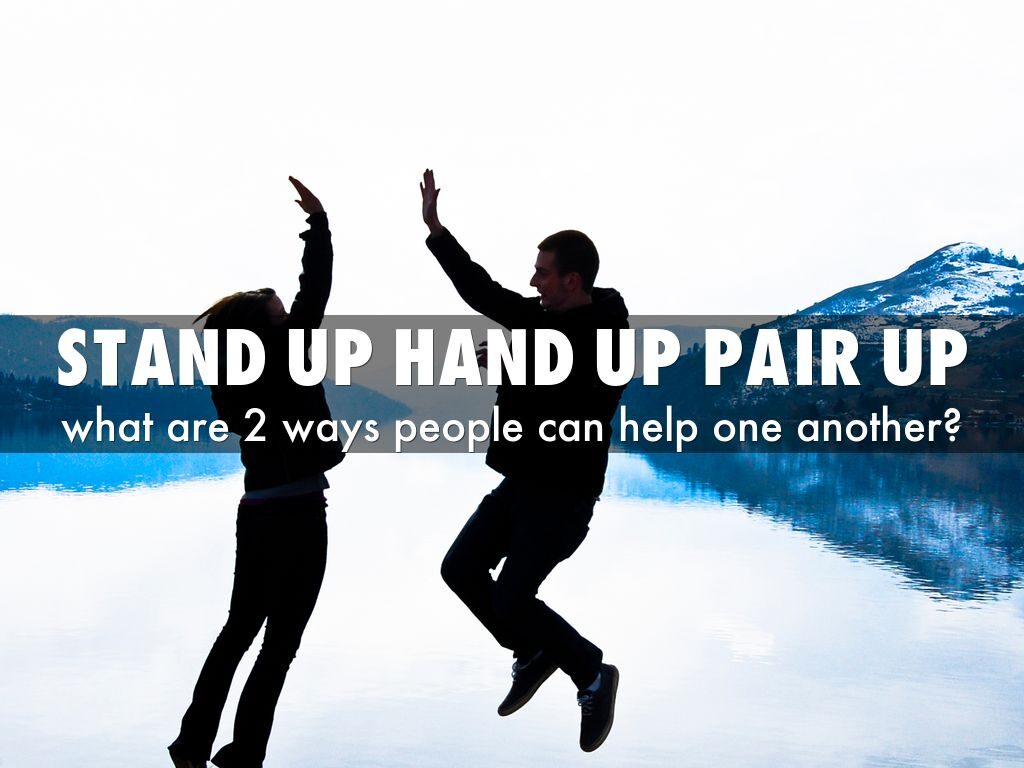
Students stand up, put their hands up, and quickly find a partner with whom to share or discuss.
One Stray
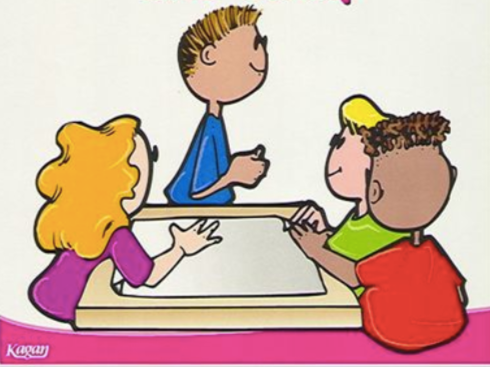
One teammate strays from his or her team to a new team to share or gather information.
Mix-Pair-Share
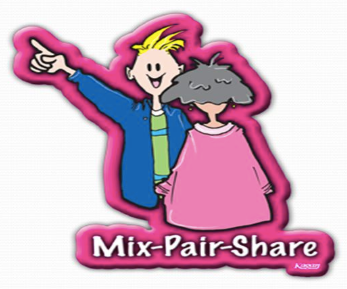
The class mixes until the teacher calls “pair.” Students find a new partner to discuss or answer the teacher’s question.
Mix-Freeze-Group
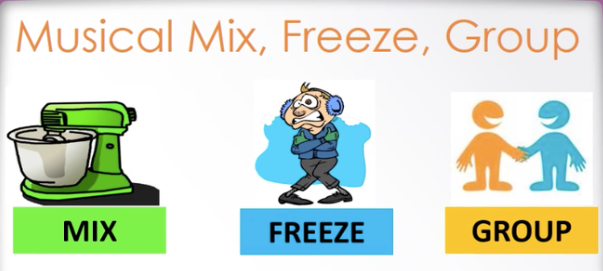
Students rapidly “mix” around the room, “freeze” in their tracks, and frantically “group” to avoid falling into the Lost and Found.
Inner-Outer Circle
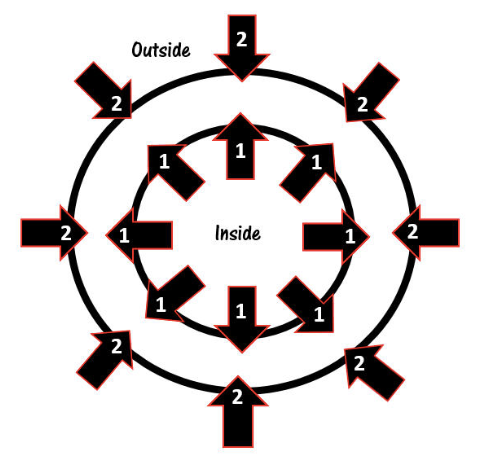
Students rotate in concentric circles to face new partners for sharing, quizzing, or problem-solving.
Gallery Walk/Carousel Feedback
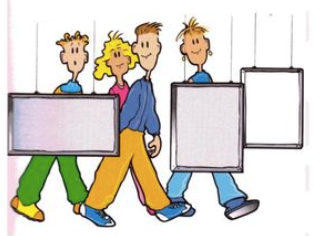
Teams rotate from project to project to leave feedback for other teams.
